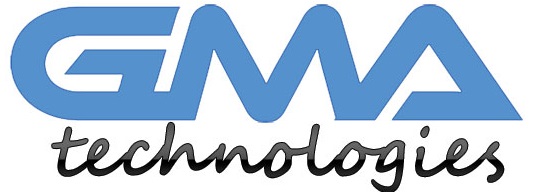Web design has evolved a lot in recent years because of the many new interfaces that have been introduced. Now, inline validation can be incorporated into web design to help with usability and user experience. In this article, we’ll look at the newest designing inline validation UX techniques so you can get more users to use your website.
Introduction
Inline validation is an important part of any web design. It can help to ensure that the user experience is consistent and error-free. This guide will outline some of the best inline validation techniques for your next web design project.
The first step in validating a user’s input is to prevent errors from occurring in the first place. This can be done by using proper coding practices and standards. Additionally, it’s important to ensure that all user inputs are properly validated. This can be done through a variety of methods, such as HTML5 attributes and form validation.
Once an input has been checked for validity, it needs to be made available to the user. This can be done through inline CSS or JavaScript. Inline CSS can be used to style specific elements based on their input, while inline JavaScript can be used to perform basic functions, such as marking an element as valid or invalid.
By using these techniques, you can ensure that your users have a positive online experience.
What is Web Inline Validation UX?
Web inline validation is an essential part of any web design. It helps to ensure that the user experience is positive and error-free.
There are a few different types of inline validation that you can use in your designs. One type is simple visual feedback, such as highlighting errors on the page. You can also provide sound effects or other feedback to let the user know that there is an error.
Another type of inline validation is cognitive validation. This type of validation takes into account the user’s cognitive state and makes sure that they understand what they are doing. For example, you can ask the user to fill in a form field, and then check to make sure that they have entered the correct information.
Finally, you can use automated inline validation techniques to check all of the content on a page. This ensures that there are no errors in the text or images on the page. Automated inline validation is a very effective way to ensure that your web designs are error-free.
10 Validation Techniques for a Better UX
Web inline validation is essential for a great user experience. As your website grows and you add more features, it’s important that your users have a positive experience.
There are many different validation techniques available to you, and it can be difficult to decide which ones are the best for your website. This guide will provide you with five of the most common inline validation techniques.
- Presence Validations
Presence validations are used to ensure that all of your content is present on your page. This includes titles, meta data, and images. Presence validations can be performed using the element or the CSS property: display: none . -
Length Validations
Length validations ensure that all of your content is of a specific length. This can be helpful when you are enforcing pagination or limiting the number of characters that can be entered into an input field. Length validations can be performed using the element or the CSS property: max-length . -
Range Validations
Range validations ensure that all of the values in a given input field fall within a certain range. This can be helpful when you are restricting the type of values that can be entered into a text field. Range validations can be performed using the element or the CSS property: min-range and max-range . -
Decimal Validations Decimal validations ensure that all of the values in a given input field fall within a certain range. This can be helpful when you are restricting how many decimal places can be entered into an input field. Decimal validations can be performed using the element or the CSS property: min-decimal-value and max-decimal-value .
-
Color Validations Color validations ensure that all of the values in a given input field fall within a particular color range. This is useful when you are enforcing specific colors for different parts of your form, such as for text fields. Color validations can be performed using the element or the CSS property: color-name and color-value .
-
Range Validations Range validations ensure that all of the values in a given input field fall within a certain range. This is helpful when you are restricting how many characters can be entered into an input field. Range validations can be performed with the element or the CSS property: min-range and max-range .
-
Checkbox Validations Checkbox validations check whether one or more of the options in an input field have a value that is true . This is useful when you want to prevent users from entering false values into your form fields. You would accomplish this by making sure that each of your input field options is checked. Checkbox validations can be performed with the HTML element checkbox , or by using the CSS property: checked .
-
Submit Button Validations Submit button validations ensure that the form data is valid before a submission occurs. This is useful when you are ensuring that user input matches an expected format, or when you want to make sure that fields have a value before users can submit the form. This is accomplished with the HTML element and its associated CSS property:
-
Submit Error Text Send feedback to your users about errors that occur during your forms by including a text area within your form with error messages about what went wrong.
-
Text Area Validations Text area validations ensure that the form validation rules are being followed by the user. This is accomplished with the HTML element and its associated CSS property.
Conclusion
If you’re planning on building a web presence, it’s important to use inline validation techniques to ensure that your users are getting the most accurate information possible. This will help prevent them from having to spend time filling out lengthy forms or contacting you in order to get clarification about what they need to do.
We’ve outlined some of the best inline validation techniques available and provided a few examples so that you can see how they can be used in practice. So go ahead and start using these methods today, and make sure that your users have an easier time engaging with your website!

